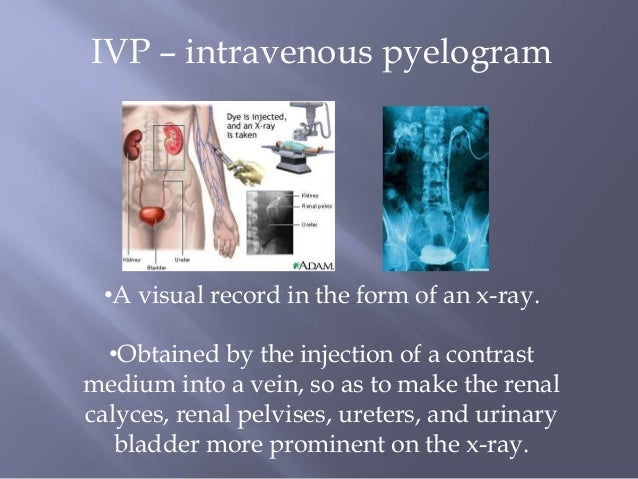

46–48 The prevalence of familial ARVC is estimated at 1 : 2000–1 : 5000 persons. 44 45 In addition, there is emerging evidence that intense endurance sports may lead to a similar phenotype (with similar prognosis) in the absence of desmosomal mutations, so-called exercise-induced ARVC, which may be the result of increased RV wall stress during exercise. Mutations in the desmosomal genes account for approximately 50% of ARVC cases. Variants with predominantly LV involvement are described in about 10% of patients (hence the alternative term of arrhythmogenic cardiomyopathy). Progressive dilation/dysfunction predominantly involves the right ventricle with involvement of the left ventricle in late-stage disease. Deel II: Arrhythmogenic right ventricular cardiomyopathyĪRVC is an inherited heart muscle disease characterised by fibro-fatty replacement of right ventricular myocardium and corollary life-threatening ventricular arrhythmias or SCD, mostly in young people and athletes. Voor de complete introductie zie Sport & Geneeskunde 3-2013, pag. Hierin kunt u lezen dat differentiatie tussen fysiologie en pathologie op het ECG bij een sporter soms zeer moeilijk kan zijn, vooral omdat het ECG van een sporter bedrieglijk veel kan lijken op dat van iemand met CMP. In dit deel wordt het ECG bij sporters met een cardiomyopathie onder de loep genomen. On the other hand, if there is a murmur or problem with exercise tolerance or if there are other cardiovascular symptoms, then this situation would be best addressed by a pediatric cardiology consultation.Na publicatie (met toestemming) van de eerste twee delen van de “ECG bundel”, overgenomen uit BJSM 2013 in Sport & Geneeskunde, volgt hier het tweede deel van deel 3. If the patient has no murmur and is completely asymptomatic from a cardiac point of view, that individual does not need further assessment. It is a decision which can only be made by the person who has ordered the electrocardiogram the cardiologist does not have sufficient knowledge of the patient to make a recommendation. The difficulty for cardiologists reading an electrocardiogram with conduction delay without seeing the patient is that it is tempting to label it as normal since the vast majority of the patients with this, in fact, have a normal heart, but since there is a small proportion who do have some abnormality, a decision on whether or not the person should be evaluated further depends on the reasons for the electrocardiogram. Finally, there are some individuals where conduction delay may represent conduction system disease, but this is very uncommon. Sometimes medications can cause conduction delay because of indirect effects on the heart and generally that is considered safe.

There are, however, some patients who have enlargement of the right heart as a cause for this, such as having an atrial septal defect resulting in enlargement of the right ventricle or perhaps partial anomalous pulmonary venous drainage of some of the pulmonary veins return to the right side instead of the left side. The most common cause of this is just being a normal variant, in other words, there is nothing wrong with the heart. In general, “ conduction delay ” refers to a slight widening of the QRS complex, especially in the right precordial leads (leads V1, V2, and V3) it is sometimes also called incomplete right bundle branch block. Families and physicians often wonder what the terms“intraventricular conduction delay” (IVCD) or “incomplete right bundle branch block” (IRBBB) or “rsR’” on an electrocardiogram mean and what to do with the information.Įlectrocardiograms (abbreviated as “ECG” or “EKG”) are routinely done and best suited to the evaluation of heart rhythm, but we can sometimes infer potential heart disease or issues such as chamber enlargement or heart malformations from looking at the electrocardiogram, but the problem with this is that there are many false positives (that is, the EKG is abnormal but the patient’s heart is actually normal).


 0 kommentar(er)
0 kommentar(er)
